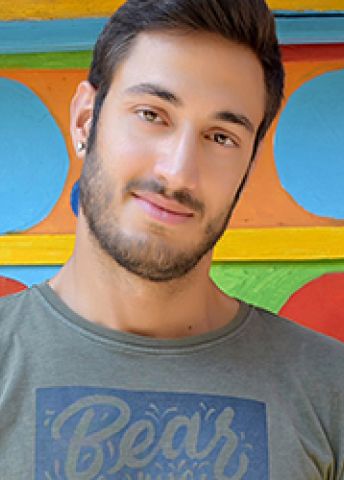
Program for mathematics 2021
Grant to a post-doctoral position abroad
Antonio Trusiani
Chalmers University of Technology
Postdoc at
Institut de Mathématiques de Toulouse, France
Grant to a post-doctoral position abroad
Antonio Trusiani
Chalmers University of Technology
Postdoc at
Institut de Mathématiques de Toulouse, France
New geometric shapes advance an old theory
Antonio Trusiani received his doctoral degree in mathematics from Chalmers University of Technology in 2020. Thanks to a grant from Knut and Alice Wallenberg Foundation, he will hold a postdoctoral position with Professor Vincent Guedj at Institut de Mathématiques de Toulouse, France.
The subject of Antonio Trusiani’s project is a modern area of geometry, Kähler geometry which was named after the German mathematician Erich Kähler, who developed its fundamental ideas in the early 1930s. The basis for studying Kähler geometry is complex spaces, which for example can consist of solutions to polynomial equations.
In order to measure angles and distance, and thus talk about a form of complex space, a metric is introduced. One may ask if there is an optimal metric that gives the space the simplest possible form. For example, where the curvature becomes constant like for a sphere. A natural class of metrics is obtained if there is a requirement that the metric fulfils an equation similar to Einstein’s equations in the general theory of relativity. These metrics are called Kähler-Einstein metrics. They have attracted much attention in recent years, partly because of their importance in super string theory.
Finding a Kähler-Einstein metric for a given space is a difficult task and, to do so, Trusiani will use the Yau’s conjecture from the 1980, proved only recently, in 2012. It links together the question of whether there are Kähler-Einstein metrics with a specific condition for how spaces can be ordered into families. The plan is now to expand the proof to a variant of the Yau’s conjecture, so that new spaces can be found, along with their associated metrics, and so further develop the theory.